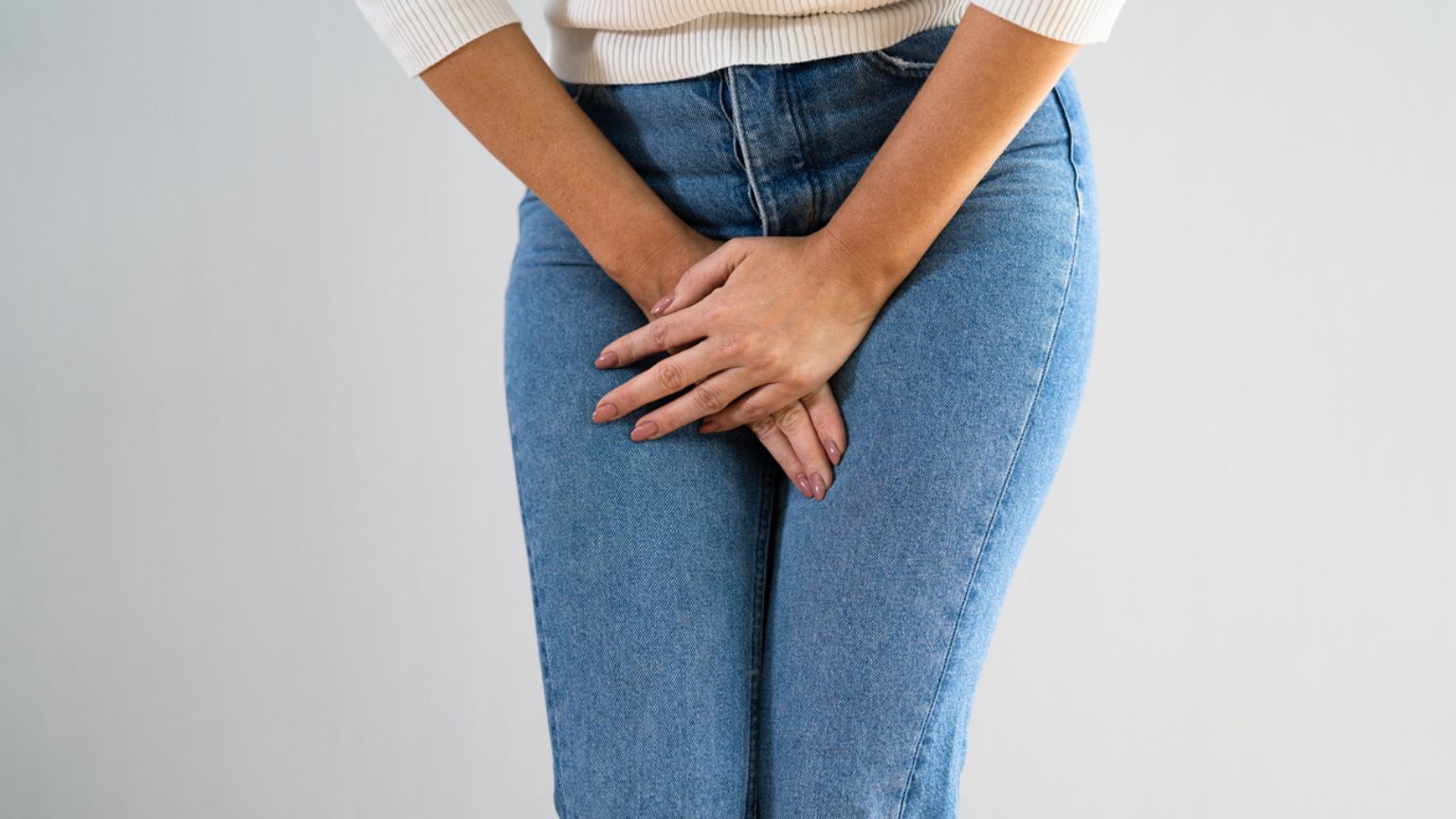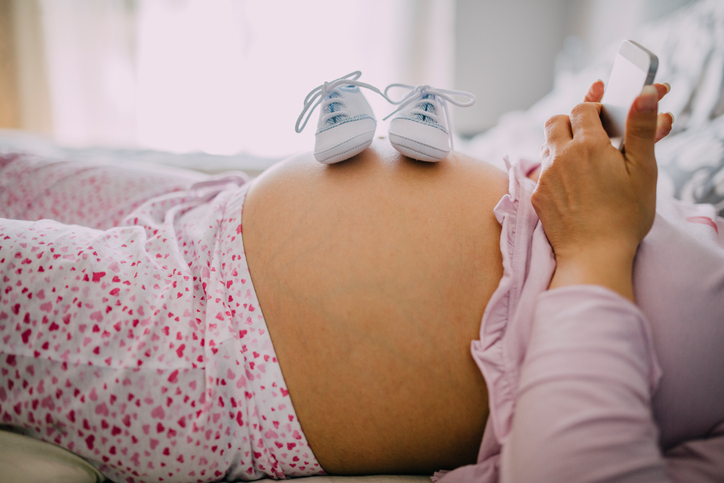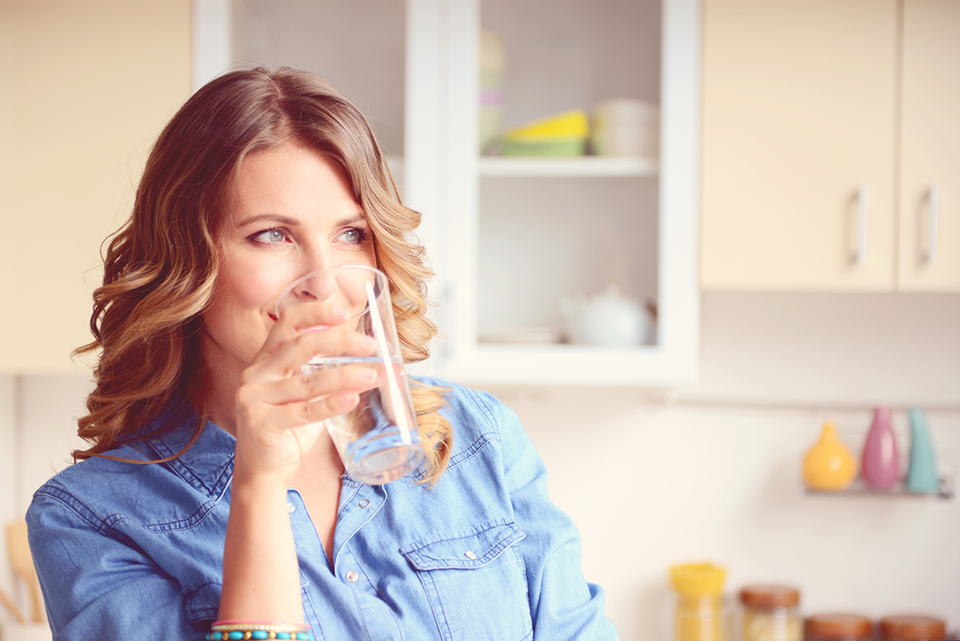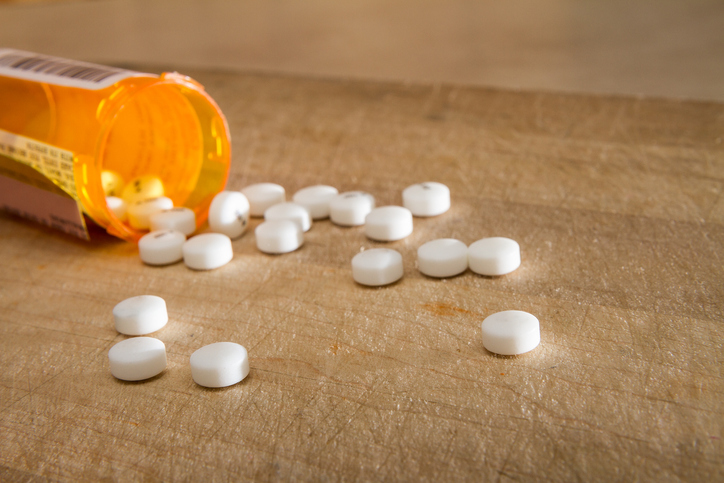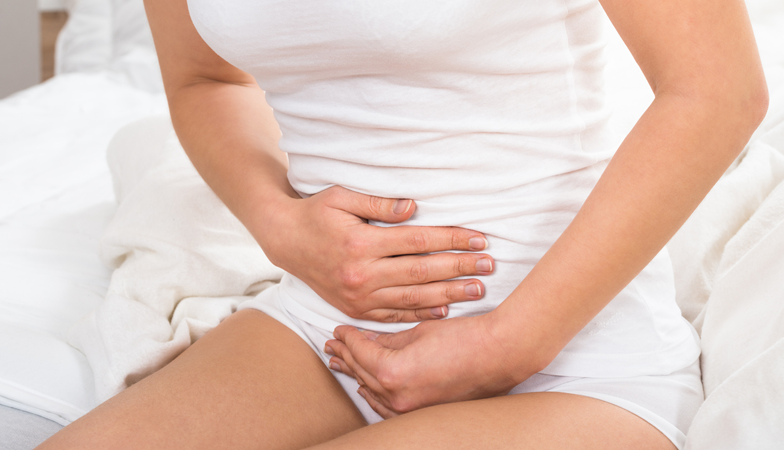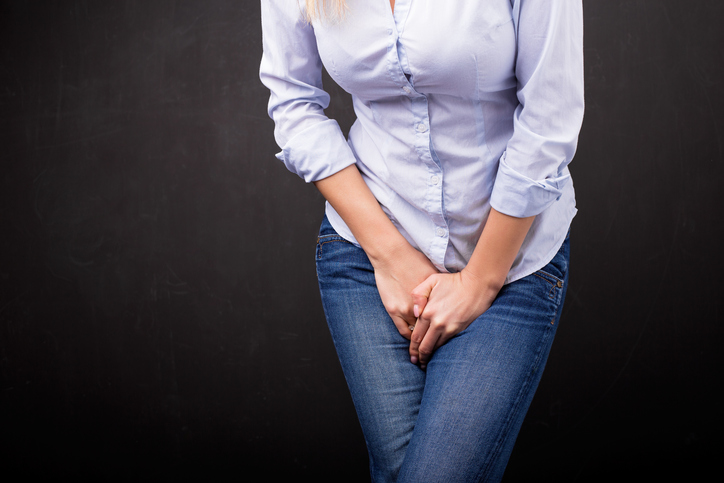With World Continence Week (19th – 23rd June) approaching, Healthista spoke to Gynaecologist Dr Gabrielle Downey who is here to bust the most common myths about urinary incontinence, plus she offers her expert advice on how to fix it
While leaking involuntarily can be distressing it can help knowing that you are not alone. Urinary incontinence is all too common, affecting over 6 million women in the UK (that’s more than the entire population of New Zealand).
It can lead to social embarrassment and the avoidance of intimate relationships. However this problem can be solved – so don’t tolerate it. Living with a nappy isn’t ideal at any age.
affecting over 6 million women in the UK
Here are some of the biggest myths about urinary incontinence, followed by the main types of urinary incontinence and how to treat them:
Myth 1: it naturally occurs after having children
Although more common when you’re older, it is not natural and you can be helped or cured with an accurate diagnosis and treatment. Vaginal cones, vaginal rings and tampons can all support the bladder neck.
Staying active during your pregnancy, practicing pelvic floor exercises prior to delivery and controlling the delivery of the baby’s head to allow the muscles to stretch slowly can also help minimise the risk.
Whilst childbirth may bring incontinence on sooner, not all women who have given birth will develop incontinence and women who have never been pregnant may become incontinent. There are likely many factors resulting in urinary incontinence such as genetics, lifestyle or ageing.
READ MORE: 7 reasons you think you can’t breastfeed and what to do instead
Myth 2: it is the same for everyone.
No. It can range from a minor leak to a wet floor so the issues can vary hugely from person to person.
Myth 3: no one should know
This is definitely not the case! Whilst it may feel embarrassing to you all health care professional have a profound understanding of the condition and how it can affect you medically and psychologically.
Their intervention can change your life significantly for the better. You do not have to live with it so please seek help. All help is available on the NHS.
Myth 4: it is an inevitable part of ageing
Urinary incontinence can affect all ages not just people in older age. While the frequency of incontinence increases with age (especially after the menopause as lack of oestrogen plays a role), the problem can be present at any age.
Myth 5: we should all drink at least eight glasses of water a day
The truth is, excessive fluid intake offers no health benefits and can make incontinence worse. The kidneys act as a filter and regulate the amount of salt/water our body needs.
Caffeine, alcohol and artificial sweeteners in diet drinks work as diuretics – in other words, they cause the body to produce more urine and also make bladder issues worse.
READ MORE: ‘Menopause symptoms made me think I had dementia’
Myth 6: medications are the best treatment
Medications can treat overactive bladder or urge incontinence but most people with overactive bladder do not require medication. Behaviour modification, such as decreasing intake of fluids and following a schedule for urination can go a long way to help.
Bladder retraining is basically reconditioning the control the bladder has over us – like toddlers. It can help those with urge incontinence. Medications for overactive bladder should only be used together with behavioural management and preferably under the care of a specialist.
Myth 7: it can only be treated with surgery
Whilst some types of incontinence need to be managed with surgery, most can respond to less invasive interventions such as physiotherapy, medication and changed behaviours.
Coping with urinary incontinence
There are a few ways you can minimise your risk of urinary incontinence. If you are overweight and your BMI is over 35, losing weight will help your incontinence improve.
Staying active during your pregnancy, practising pelvic floor exercises prior to delivery and controlling the delivery of the baby’s head to allow the muscles to stretch slowly can also help minimise the risk.
Speak to a physio or your health care assistant about this and they can help you find products that will increase the tone of your pelvic floor. You could also choose to have a caesarian to reduce this risk – it can lower the chance of bladder problems by 50 percent.
It can also help to try and hold in your wee when you need the toilet
It can also help to try and hold in your wee when you need the toilet. Start off by holding only when in the area of a toilet and then build up your bladder until it’s strong enough to wait outside.
But if you already suffer from urinary incontinence and are looking for a way to fix your problem, here are the different types and how to approach them.
Stress Incontinence
This is when you leak urine when you cough, sneeze and exercise. In reality, it can occur anytime that you increase the pressure in your bladder.
The main reason is a weakness of the neck of the bladder (sphincter) or the bladder has slipped downwards as the pelvic floor muscles have been damaged. The amount lost is usually small.
Stress incontinence can affect people of any age but it is especially common after pregnancy and problems often worsen after menopause.
How to fix it
Pelvic floor exercises by a properly trained physiotherapist can reduce the symptoms by up to 70 percent. Surgical treatments might also be suitable for more extreme cases of stress incontinence.
Tape or sling procedures are used to reduce pressure on the bladder or strengthen the muscles that control urination. This surgery works straight away and you would be fully recovered within five days.
READ MORE: Gut Health & The Microbiome: The Nutritionist’s Guide – Part ONE
Urge Incontinence
This means you get the urge to go and must get there or you will leak. You pass only small amounts but it can drive you mad as it will be up 15 to 20 times day and night. It’s caused by the bladder sending signals to your brain saying it is full when it isn’t. Either the nerves have become very sensitive or the muscle is twitchy.
How to fix it
Excess fluid, particularly irritants such as caffeine and alcohol can make the situation worse. You should reduce the volume that you drink in the evening if getting up at night is particularly troublesome. Sometimes sexually transmitted infections (STIs) such as chlamydia are to blame so always ask for the urine to be tested for bugs.
reduce the volume that you drink in the evening
Once again physio may help. Tablets – mainly drugs called anticholinergic drugs that stabilise the bladder by slowing down the nerve signals and ‘retraining’ the bladder by exercising some control of the flow and resisting the urges usually treat this condition. They can have some side effects including dry mouth, blurred vision and dry eyes.
Operations to treat urge incontinence include enlarging the bladder or implanting a device that stimulates the nerve that controls the muscles, this can be done on the NHS.
READ MORE: Period panties? Everything you need to know about menstrual underwear
Overflow incontinence
This is when your bladder does not empty properly so the excess wee leaks out. The cause is usually a narrowing of the urethra (the tube from the bladder to the outside) and the cause of this is either congenital (you were born with it) or STIs (again!). This problem is more common in younger women.
How to fix it
It can be treated by stretching the urethra or by intermittent self-catheterisation which is when you use a catheter tube to drain your bladder. It’s best to see a doctor about this and they can advise you on the next steps to take.
Total incontinence
This is when you leak all the time. Thankfully it’s very rare but it can be very difficult to treat. This may be because of nerve damage or a serious complication of surgery called a fistula. It’s also possible to have a mixture of both stress and urge urinary incontinence.
More embarrassingly some women leak during sex and thus avoid intimacy, it’s caused by involuntary contractions of the bladder.
How to fix it
As this issue is more serious it can be fixed either with permanent catheterisation or bypass surgery using a small loop of bowel to wee in to a bag.
See your GP if you have any type of urinary incontinence. They should take a history, examine you for prolapse – this is the weakness of the vaginal wall with the bladder protruding in to it. Around 10 percent of women who have had a vaginal delivery will have some form of prolapse.
They will also check your urine for infection. Sometimes they ask you to keep a diary to see how much you are drinking and how often you are weeing.
Dr. Gabrielle Downey is a Birmingham-based consultant gynaecologist. She has been a consultant gynaecologist at the Birmingham City Hospital for over 15 years.
Dr. Downey publishes regularly in renowned journals and writes for medical textbooks, was a co-author to the current NHS cervical smear program and has specialist expertise in problems such as abnormal smears among many other conditions.
Like this article? Sign up to our newsletter to get more articles like this delivered straight to your inbox.



